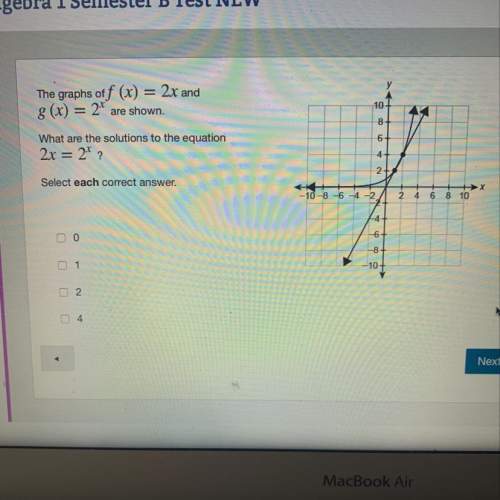
Mathematics, 10.02.2020 23:50, habsofarah0
To derive Euler’s method, we truncated the Taylor series expansion of yi+1 at the linear term. We could truncate at the quadratic term instead, giving the so-called Taylor method of order 2. This method approximates yi+1 byωi+1= ωi+ hf(ti,ωi) + h^2/2. df/dt| (ti,ωi)a. For the IVP y'(t)= y^2. e^-t, 0 ≤ t ≤ 1, y(0)= 1, Calculate df/dt. b. By hand, use both Euler's method and the Taylor method of order 2 to approximate y(1) with h=0.5

Answers: 1
Other questions on the subject: Mathematics




Mathematics, 21.06.2019 20:30, kelseybell5522
Solve this riddle: i am an odd number. i an less than 100. the some of my digit is 12. i am a multiple of 15. what number am i?
Answers: 1
Do you know the correct answer?
To derive Euler’s method, we truncated the Taylor series expansion of yi+1 at the linear term. We co...
Questions in other subjects:

Social Studies, 15.05.2021 06:50


Mathematics, 15.05.2021 06:50


Mathematics, 15.05.2021 06:50

Mathematics, 15.05.2021 06:50











